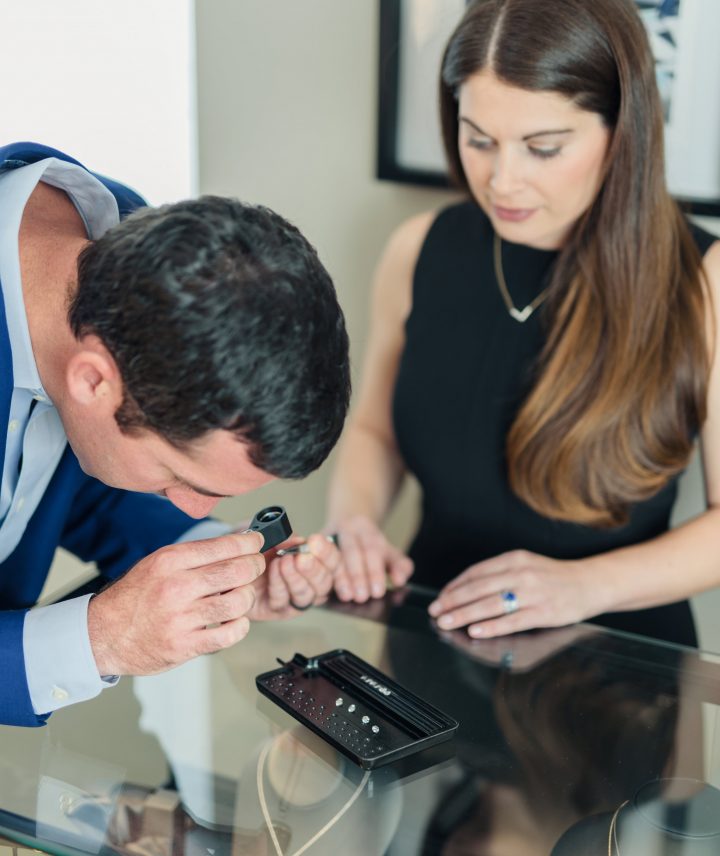At a not-to-be-named political protest, a Disruption teammate met a 20-something man. A student from New York’s Harlem neighborhood, John’s crisp Herringbone suit stood out amidst the sea of Converse-wearing, Warby Parker chic demonstrators.
“It gives me confidence,” he explained while palming the fabric. “Never in my life did I think I’d afford anything custom.”
John’s suit came from Indochino, a 9-year-old men’s apparel startup founded by then Canadian college students Kyle Vucko and Heikal Gani. Customers choose from the company’s roster of SKUs, then provide their unique measurements and preferred customizations, like lapel size and stitching. It’s half custom, half ready-to-wear, but with low enough prices (suits start at $400) to introduce new demographics to the idea of well-fitting clothing.
So, what exactly convinced Vucko and Gani to drop out of school after an initial $40k investment? The idea that by being vertically integrated, they could keep manufacturing costs low enough to include all types of men. Indochino now has 10 international showrooms, but at the start customers measured themselves at home using a 17 step system and then completed the process online. (The business is now 50% brick-and-mortar, 50% ecommerce.) So, we’re solving three problems here: access, cost and fit.
Disruption caught up with Drew Green, who replaced Vucko as CEO in 2015. Here’s what he had to say:




